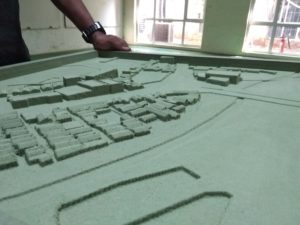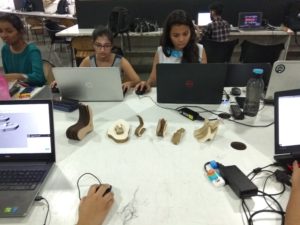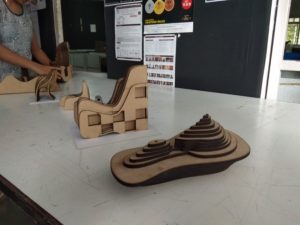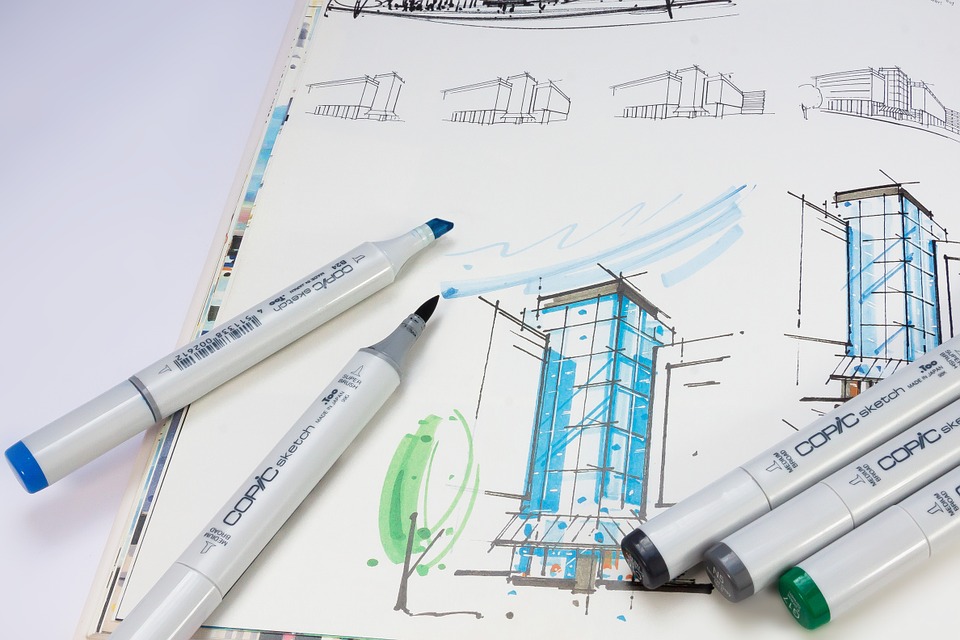A plus R architects – Coimbatore, Chennai, Bengaluru, Hyderabad,etc…
Research With IAAC at Barcelona
Research on 3D printing in architecture explores the application of this innovative technology in the design, construction, and fabrication of architectural structures and components. 3D printing, also known as additive manufacturing, is a process that involves building up layers of material to create a three-dimensional object from a digital design file.
In architecture, 3D printing has the potential to revolutionize the way buildings are designed and constructed. It allows for the creation of complex, custom-designed geometries that would be difficult or impossible to achieve using traditional building methods. This technology can also reduce waste and construction time, and can offer greater precision and accuracy in fabrication.
Research in this field has focused on a range of topics, including the development of new materials and printing techniques, the optimization of designs for 3D printing, and the exploration of the potential uses of 3D printing in construction. Researchers are also studying the economic and environmental impact of 3D printing in architecture, as well as the ethical and social implications of this technology.



Digital Fabrication
With SCSA and Mumbai
Exploring the possibilities in digital fabrication as a tool to design – A plus R architect




Research
With SCSA
Research On Kinetic and Parametric Architecture
Robotic Fabrication
Pro-skin graphene architecture refers to the use of graphene-based materials in the development of wearable devices and electronic skins. Graphene is an excellent candidate for these applications due to its flexibility, transparency, and high electrical conductivity.
In a pro-skin graphene architecture, graphene is typically used as a conductive layer that is integrated with other materials to form a functional device. For example, it can be combined with polymers to create a flexible and stretchable electronic skin that can conform to the shape of the body.

